Coal 101 YouTube
May 17, 2015· Coal is a combustible black or dark brown rock consisting of carbonized plant matter, found mainly in underground deposits and widely for electricity production. Learn more about coal and all ...
 WhatsApp)
WhatsApp)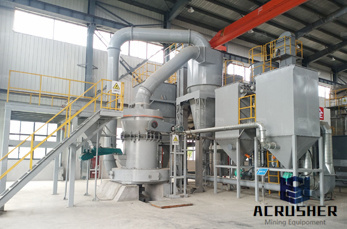
May 17, 2015· Coal is a combustible black or dark brown rock consisting of carbonized plant matter, found mainly in underground deposits and widely for electricity production. Learn more about coal and all ...

Apr 01, 2013· So where did all this vegetation buried in the coal beds come from? And if all these coal beds were formed during the yearlong Genesis Flood only about 4,300 years ago, how did we get all this coal so quickly? The Quantity of Vegetation Required These new ideas can explain the growth of the vegetation now in the coal beds.
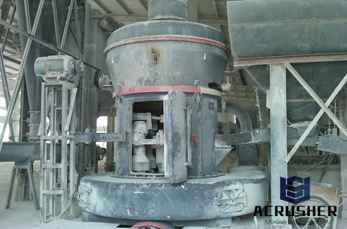
coal comes from plants, and plants get their energy from the sun, the energy in coal also came from the sun. Th e coal we use today took millions of years to form. We can''t make more in a short time. Th at is why coal is called nonrenewable. 300 million years ago Before the dinosaurs, many giant plants died in swamps. 100 million years ago

The coal in use today started to form over 300 million years ago as living trees, ferns and other types of plant material. Coal is a nonrenewable resource because the time it requires for formation far exceeds the rate at which man uses it. ... The quality of coal depends on when miners remove it from the ground during the coalification process ...

Aug 15, 2019· Does Coal Come From Dinosaurs? In a way, it''s closer to the mark to say that coal, rather than oil, comes from dinosaurs—but it''s still dead wrong. Most of the world''s coal deposits were laid down during the Carboniferous period, about 300 million years ago—which was still a good 75 million or so years before the evolution of the first ...
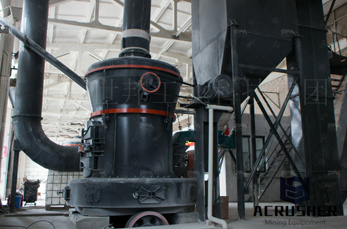
Underground mining is required when the coal lies deeper than 200 feet below ground level. The depth of most underground mines is less than 1,000 feet, but a few go down as far as 2,000 feet. In underground mines some coal must be left untouched in order to form .

Therefore, geologists have long assumed that coal is a form of peat created by the heat and pressure of deep burial. The geologic process of turning peat into coal is called "coalification." Coal beds are much, much larger than peat bogs, some of the tens of meters in thickness, and they occur all over the world. ...

The burning of coal, oil and wood as fuel can cause mercury to become airborne, as can burning wastes that contain mercury. This airborne mercury can fall to the ground in raindrops, in dust, or simply due to gravity (known as "air deposition").

Total mass of kerogen on planetary scale. Though it is generally present in very small proportions in the sediments, all kerogen on earth represents a total mass of billion tonnes. 0,1% only of this kerogen (that is a thouh of the total organic matter present in sediments) will turn into coal (which still represents billion tonnes !), and gas and oil each represent 0,003 ...

The hotter and/or longer the heat is applied, the harder and blacker the deposit on the tray. Basically, the blackened pie filling might be thought as a form of low grade coal. Wood is made out of cellulose, a sugar. Consider what happens if you quickly bury a large amount of vegetable material in the ground.

Aug 23, 2017· How Does Clean Coal Work? ... (This form of syngas is nothing new: ... "It means that there is a lot of ground to make up." Advertisement Continue Reading Below.

Many coal beds are very near the ground''s surface, and about twothirds of coal production comes from surface mines. Modern mining methods allow us to easily reach most of our coal reserves. Due to growth in surface mining and improved mining technology, the amount of coal produced by one miner in one hour has more than tripled since 1978.

The coal in use today started to form over 300 million years ago as living trees, ferns and other types of plant material. Coal is a nonrenewable resource because the time it requires for formation far exceeds the rate at which man uses it. ... The quality of coal depends on when miners remove it from the ground during the coalification process ...

Coal Production. Coal production is the amount of coal mined and taken to market. Where does mining take place in the United States? Although coal is mined in 27 states, more coal is mined in eastern states, especially coal that is taken from underground mines, than in western states.

Coal is an abundant fuel source that is relatively inexpensive to produce and convert to useful energy. However, producing and using coal affects the environment. Effects of coal mining. Surface mines (sometimes called strip mines) were the source of about 63% of the coal mined

Processing the Coal. After coal comes out of the ground, it typically goes on a conveyor belt to a preparation plant that is located at the mining site. The plant cleans and processes coal to remove dirt, rock, ash, sulfur, and other unwanted materials, increasing the heating value of the coal.

How Does Coal Form? Coal forms from the accumulation of plant debris, usually in a swamp environment. When a plant dies and falls into the swamp, the standing water of the swamp protects it from decay. Swamp waters are usually deficient in oxygen, which would react with the plant debris and cause it to decay.

Dec 15, 2017· All this coal comes from mines, which are either underground or aboveground ("surface"). Both forms carry serious ecological impacts, and both are considered extremely dangerous: underground mining remains one of the United States'' most hazardous occupations, killing dozens of miners every year.

How does coal form in the ground Answers. When vegetation in the carboniferous era fell on the ground, it rotted (decomposed) to form peat. As sediments kept accumulating over the peat, the peat hardened to form coal.
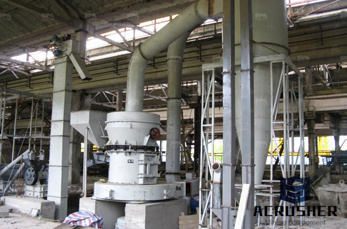
Peat forms when plant material does not fully decay in acidic and anaerobic conditions. It is composed mainly of wetland vegetation: principally bog plants including mosses, sedges, and shrubs. As it accumulates, the peat holds water. This slowly creates wetter conditions that .
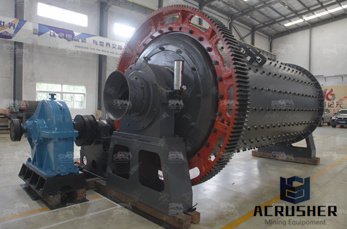
This page was last edited on 15 January 2020, at 15:13. Content is available under Creative Commons AttributionNonCommercialShareAlike. SourceWatch is a .

Dec 06, 2017· Another form of coal mining, conducted mostly in Central Appalachia, is called mountain top removal, a highly destructive process of flattening entire mountains to uncover thin coal seams that are not accessible by traditional underground methods. After clearcutting forests and removing vegetation, explosives are used to blast away the tops of ...

How did oil get thousands of feet below the ground? Close. 1. Posted by. u/ArizonaWillie. 3 years ago. Archived. How did oil get thousands of feet below the ground? Oil and coal supposedly come from trees and animals that were buried for millions of years. They are often thousands of feet deep.
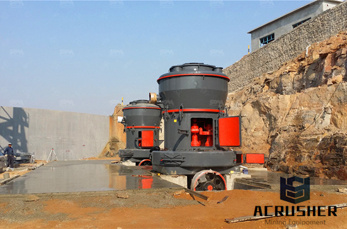
Almost all geochemists believe petroleum results from a few million years of decay of onceliving organisms. "We can tell that by looking at biomarkers in the oils," Kenneth Peters, an organic ...
 WhatsApp)
WhatsApp)